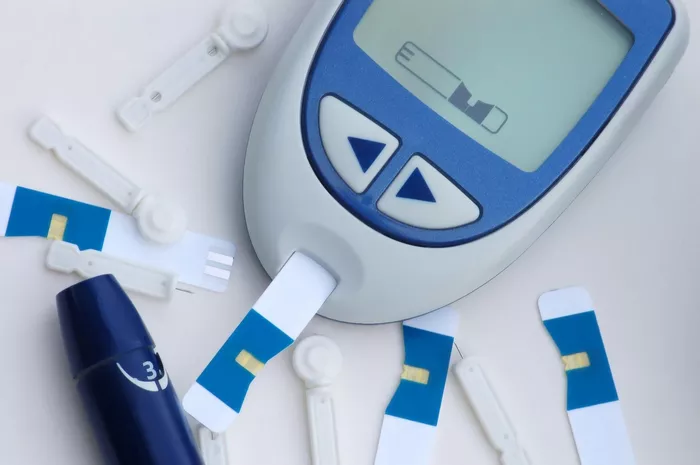Brown rice is often considered a healthier alternative to white rice, thanks to its higher fiber content and lower glycemic index (GI). However, for individuals with diabetes, managing carbohydrate intake is essential to maintaining stable blood sugar levels. This article explores how much brown rice a diabetic should eat, the nutritional benefits and risks, and practical strategies for incorporating brown rice into a diabetic-friendly diet.
Nutritional Profile of Brown Rice
Brown rice is a whole grain that retains its bran and germ layers, which provide essential nutrients. One cup of cooked brown rice (about 195 grams) contains:
- Calories: 216
- Carbohydrates: 44.8 grams
- Fiber: 3.5 grams
- Protein: 5 grams
- Fat: 1.8 grams
- Glycemic Index (GI): 50-68 (moderate)
The fiber and protein content help slow down digestion, leading to a steadier rise in blood sugar compared to white rice. However, its carbohydrate content means portion control is critical for diabetics.
How Brown Rice Affects Blood Sugar
Brown rice has a moderate glycemic index (GI), meaning it affects blood sugar levels but not as drastically as white rice. The fiber in brown rice slows glucose absorption, reducing the likelihood of blood sugar spikes. However, eating too much brown rice can still lead to hyperglycemia, making portion control essential.
Studies suggest that consuming whole grains, including brown rice, may lower the risk of type 2 diabetes. However, if a diabetic eats excessive amounts of brown rice, it can contribute to higher carbohydrate intake, leading to unstable blood sugar levels.
Recommended Portion Size of Brown Rice for Diabetics
The recommended portion size of brown rice for diabetics depends on individual factors like age, activity level, and overall dietary plan. However, general guidelines suggest:
½ cup (about 92 grams) of cooked brown rice per meal is a moderate portion for diabetics. This provides roughly 22 grams of carbohydrates.
1 cup of cooked brown rice (about 44 grams of carbohydrates) is the upper limit for a single meal, but only if balanced with sufficient protein, fiber, and healthy fats.
A diabetic plate method suggests that 25% of the plate should be whole grains (including brown rice), while 50% should be non-starchy vegetables and 25% should be protein.
Adjusting Portions Based on Blood Sugar Response
Since individual responses to carbohydrates vary, it’s advisable to monitor blood glucose levels after eating brown rice. If post-meal blood sugar spikes above the target range (140-180 mg/dL), consider reducing the portion size or pairing brown rice with more fiber and protein.
Best Ways to Eat Brown Rice for Diabetes Management
1. Combine Brown Rice with High-Fiber Foods
Pairing brown rice with fiber-rich foods like vegetables, beans, and lentils can slow digestion and prevent blood sugar spikes.
2. Add Lean Protein
Protein sources like chicken, fish, tofu, or eggs help stabilize blood sugar by reducing the impact of carbohydrates.
3. Choose Brown Rice Over White Rice
Replacing white rice with brown rice can lower the risk of type 2 diabetes and improve blood sugar control due to its fiber content.
4. Avoid Overeating
While brown rice is a healthier option, eating large portions can still contribute to high carbohydrate intake. Stick to recommended serving sizes.
5. Consider Alternatives
If blood sugar remains difficult to control, consider lower-carb options like quinoa, cauliflower rice, or barley.
Should Every Diabetic Eat Brown Rice?
Not all diabetics tolerate brown rice the same way. Those with insulin resistance or difficulty managing blood sugar may need to consume smaller portions or avoid it altogether. It’s important to consult a registered dietitian or doctor to determine the best dietary choices based on individual health conditions.
Conclusion
Brown rice can be a part of a diabetic-friendly diet when eaten in moderation. The ideal portion size is ½ to 1 cup of cooked brown rice per meal, balanced with fiber, protein, and healthy fats. Monitoring blood sugar levels and making adjustments as needed can help diabetics enjoy brown rice while maintaining good glucose control.
Related topics:
What Is the Best Bread for Type 2 Diabetes



























